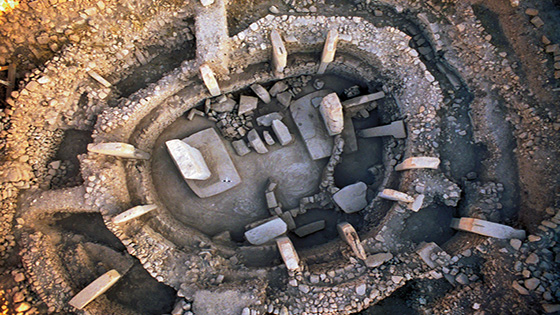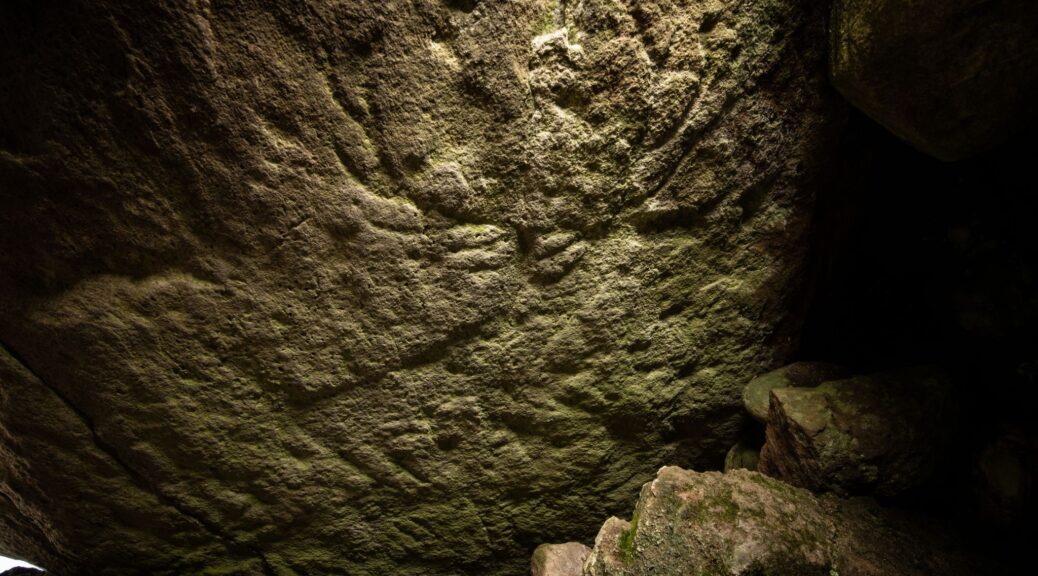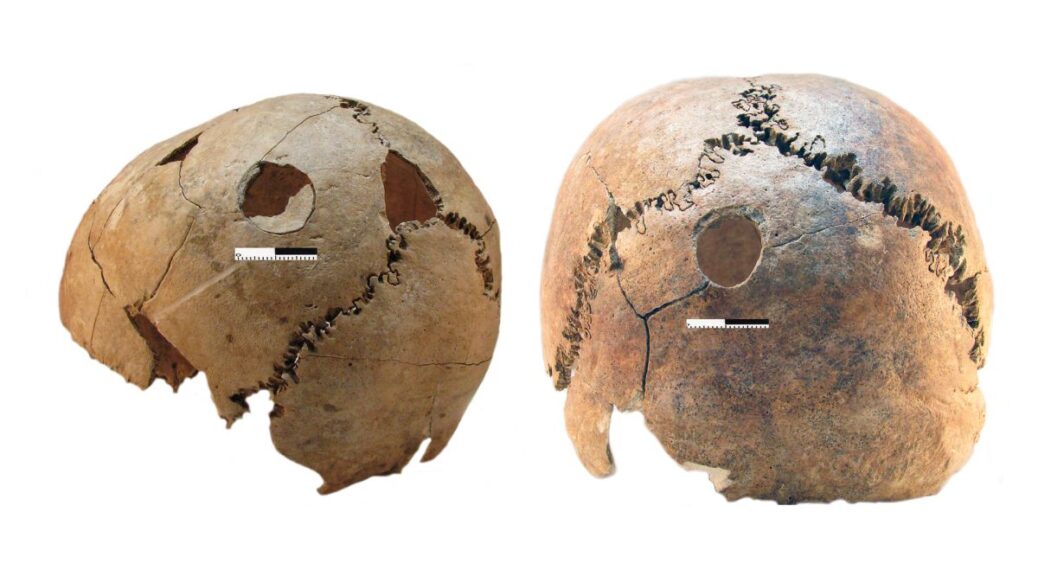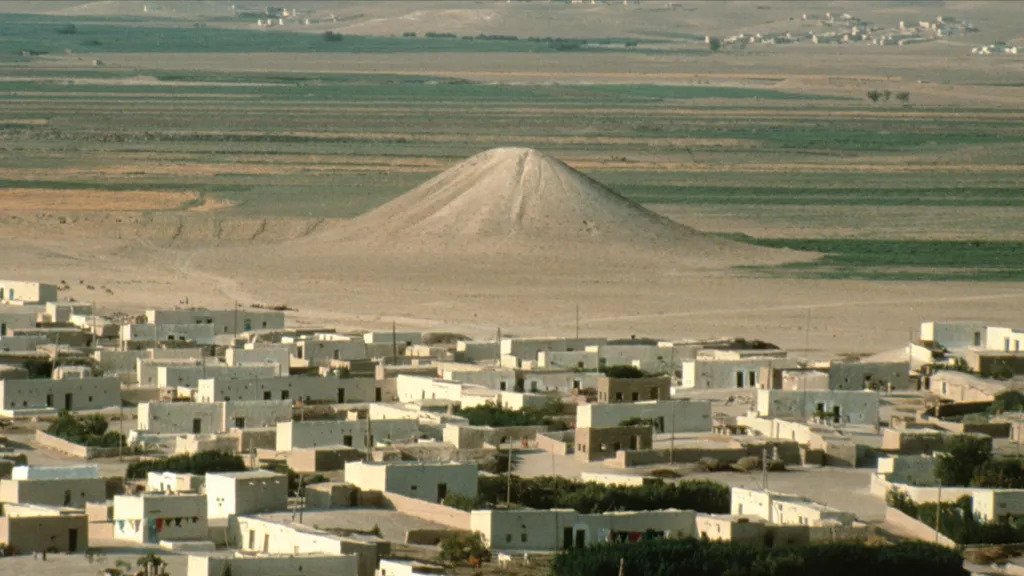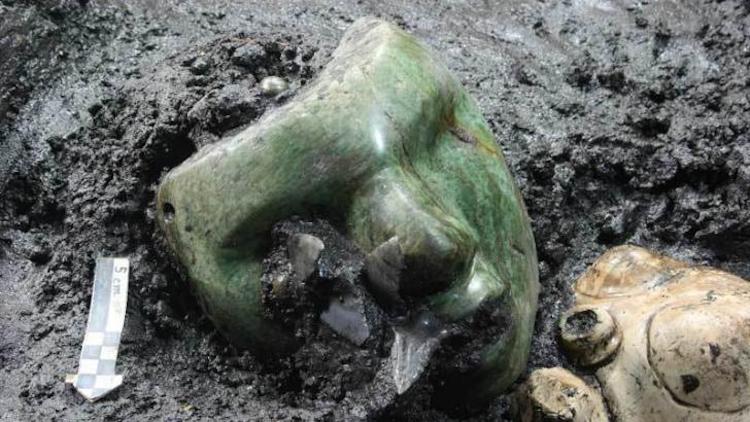Iron Age and Roman Skeletons Discovered on Alderney
A Cemetery used for centuries has started giving up its secrets, after radiocarbon dating on some of the skeletons came back showing the graves were from the Iron Age and Roman eras.

States archaeologist Phil de Jersey said the site on Longis Common in Alderney was one of the most exciting archaeological sites in the Channel Islands because the two metres of sand over the graves has helped preserve the bones and protect the site from being disturbed.
In 2017 the laying of an electricity cable on Rue des Mielles, near Longis Bay, uncovered human bones. It led to exploration by the Guernsey Museum and the Alderney Society.

Radiocarbon dating for eight of the bones has now been carried out – five from the service trench along the Rue des Mielles and three from the excavation of a paddock field.
They date from about 750BC up to 238AD.
Dr de Jersey said they had expected the bones to be from the late Iron Age, based on the pottery finds, but the surprise was the wide timespan covered.
‘It does imply that the site was used for a long time – hundreds of years,’ he said.
A settlement from around the same era was excavated up the hill from the site in the 1970s and Dr de Jersey said the inhabitants possibly lived on the hill and buried their dead at its foot.
Among the bone finds was a human female, who was likely to be from between 590 and 380BC. The iron and bronze torc around her neck corresponds well with these dates.
Another adult female was also found, but she was likely to be from between 170BC and AD90. The pot buried at her head is characteristically late Iron Age, which fits in with the range of second century BC and the turn of the millennium.
Dr de Jersey said the date range was very wide and indicated that the burials were over a much larger area than they had expected. He also noted that there was likely to be a lot more to find.
‘It’s all been protected by two metres of sand and it’s never been developed. The sand is great for preserving and the bones were in very good condition for their age.’
He would be interested to carry out a large scale excavation, but the Guernsey archaeology department has a very limited budget and the area presents challenges. The sand that so well preserves the bones makes digging down two metres very difficult because the sides of the trenches are hard to stabilise, meaning large pits have to be dug.
‘You can’t dig small trenches,’ said Dr de Jersey.
‘So logistically it’s a very challenging site to dig. And we just don’t have the resources.’
However, there is some hope. If a university took on the project it would have students to help with excavating the dig, although travel restrictions due to Covid and the ordinary challenges with getting to Alderney would make it difficult.
An individual in the UK has secured a grant to carry out a ground-penetrating radar scan of the common, which would help determine the scale of the cemetery. Dr de Jersey said they were conscious there are also Second World War graves on the common, but the scan would not disturb them.
With the current travel restrictions, it is not clear when this can take place. Dr de Jersey said when they finally dig the site, it was important to do it right.
‘I would rather not dig it than dig it badly,’ he said.
‘It can only ever be dug once, as digging is very destructive, so we need to make sure we do a good job of it.’
See Also: MORE ARCHAEOLOGY NEWS
Fortunately, there is time to ensure it is done right.
‘It’s not threatened,’ he said.
‘It’s about as safe as it can be. So if we have to wait another 10 years, it will not make a difference.’






